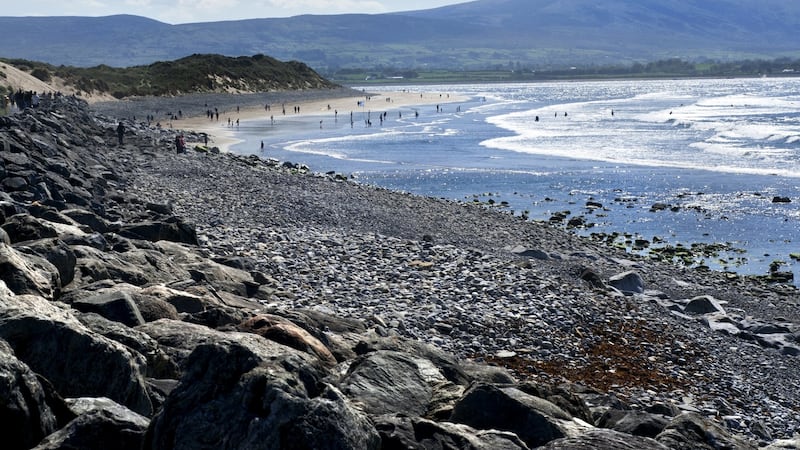Ireland’s first national surfing centre, a major famine museum and the development of the world’s oldest stone-walled fields are among seven new tourist attractions due this year to coincide with a return of visitors.
According to Fáilte Ireland, the mixture of new and revamped projects spread across five counties will attract about 400,000 visitors over the next five years and support an additional 8,000 jobs in the sector.
A total of €32m is being invested, including €16.2m in Fáilte Ireland grant allocations, and the projects are expected to generate tourism revenue of about €10 million per year.

They come at an opportune time – earlier this week Fáilte Ireland unveiled a strategy to nurse an industry reeling from two years of pandemic back to health.
Research has shown that tour operators reliant on inbound visitors were down 68 per cent on turnover last year compared to 2019.
Among plans for the year ahead are a doubling of domestic marketing investment; four regional strategies; and 27 local destination development plans. But when it comes to attracting tourists, specific attractions remain key.
Ireland's first national surf centre at Strandhill, Co Sligo is considered a "new departure" for tourism development and will finally see a commercial investment of scale in a sport long pursued on the west coast.
“Ireland has the potential to develop as a world class surfing destination and investment will significantly enhance the tourism potential of the local area and ensure that we capitalise on the growing reputation Ireland has as a surfing destination,” Fáilte Ireland said, with the centre expected to open in September, facilitating visitors and specialist schools.
Transformation
The National Famine Museum at Strokestown Park, which has been closed for redevelopment, will set out to tell the story of the "great hunger" with visitors "immersed in the culture and day-to-day life of Ireland in the years before, during and after the Great Famine" once it opens in the second quarter of the year.
“The new visitor centre and café will really transform the estate into a sustainable heritage visitor attraction,” Fáilte Ireland said, announcing details of its transformation to an online event attended by over 2,500 industry representatives on Thursday. “This experience will bring over 50,000 more visitors and €13.2million in additional revenue to the area over the next five years.”
Before that, a new visitor centre will open at the Céide Fields in Co Mayo, a neolithic site containing the oldest known stone-walled fields in the world, dating back nearly 6,000 years. It will see the existing exhibition space replaced with new archaeological material and information about the site, including an immersive audio-visual animation experience showing its evolution.
Knowth, the Co Meath site that boasts the largest collection of Neolithic art in Europe and is older than the Egyptian pyramids and Stonehenge, will also be unveiled in early March.
The second of three capital investments currently underway in the Brú na Bóinne complex, it will include a new visitor centre in former farm buildings opposite the site. At the actual archaeological site, an upgraded “black box interpretive space” has been installed within the main mound.
The other projects include the refurbishment of cottages on the Great Blasket Island as well as a new visitor centre on the mainland; a €16 million redevelopment of Avondale House and Forest Park in Co Wicklow; and the development of Mount Congreve House and Gardens in Co Waterford.









